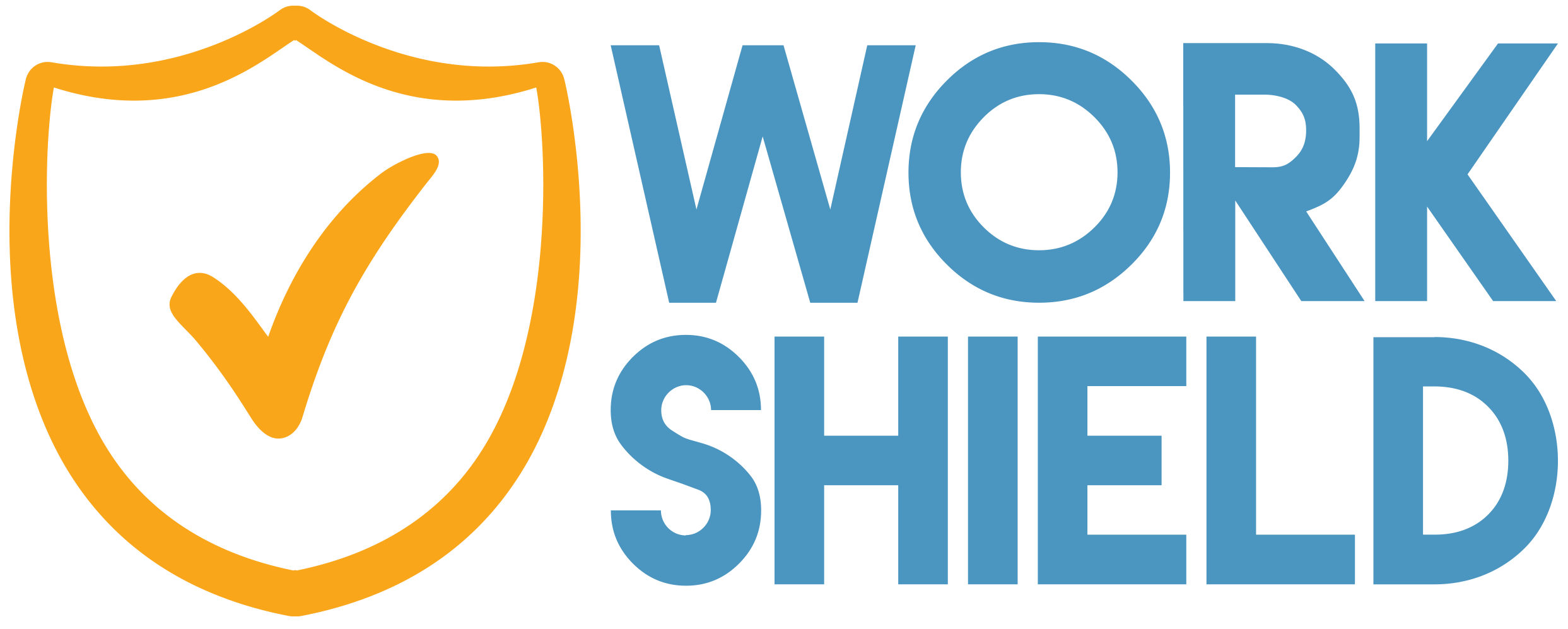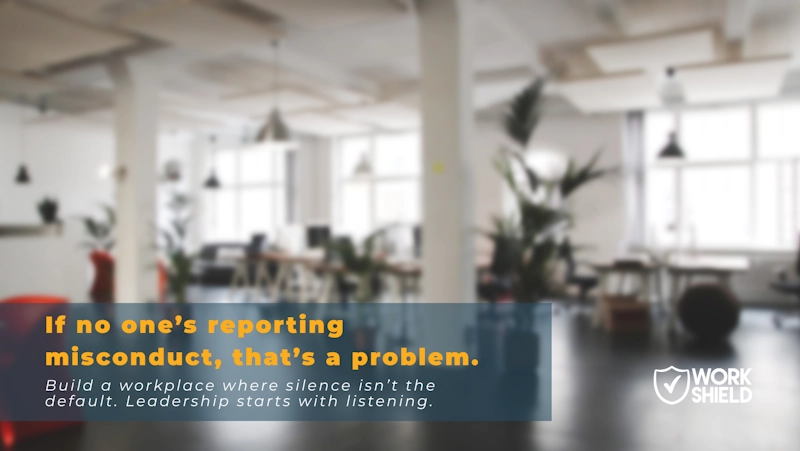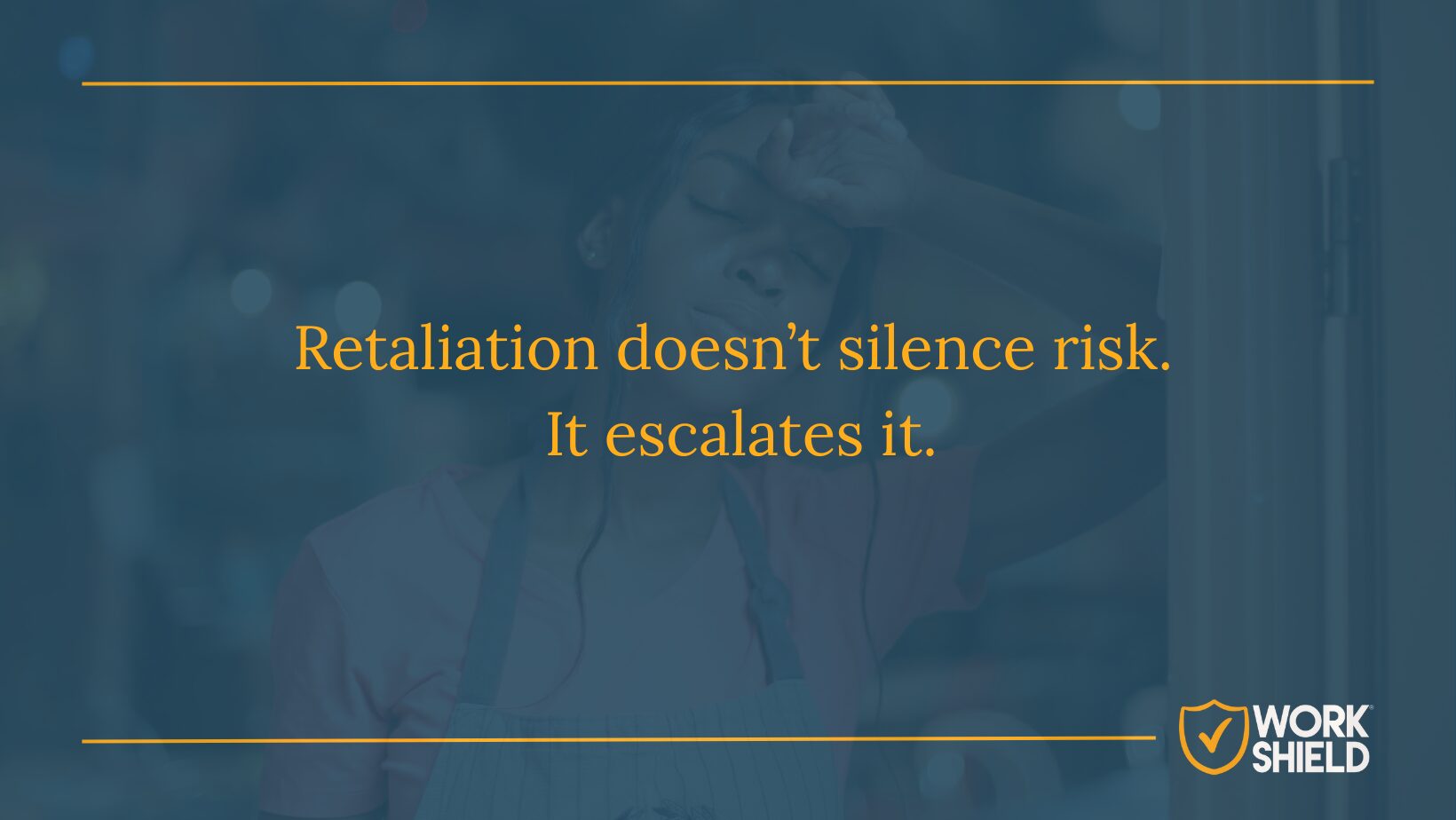Last week my daughter’s elementary school school shined a spotlight on Unity Day, with the students and administrators wearing orange to show solidarity in standing up against bullying while standing for kindness, acceptance, and inclusion. Since my daughter is only in the fourth grade, I wondered if she would have an opinion either way about celebrating Unity Day. What I learned was while she enjoyed the opportunity to wear orange in lieu of her standard uniform, what mattered most to her was that her new school adheres to an anti-bullying policy every day, not just during Unity Day or during October’s National Bullying Prevention Month.
Because her school puts a large emphasis on anti-bullying measures and addresses all issues proactively, children can go to school safely, learning and growing, without experiencing the detrimental effects of bullying. My hope is that by educating children now, there will be less of a need for articles like this one in the future.
Bullying Isn’t Just a Schoolyard Problem
Bullying is unfortunately prevalent in today’s workplaces. The statistics are quite alarming:
– Nearly 4 out of 10 professionals have been bullied by a co-worker;
– 94% of a monster.com survey’s responding employees said they had been bullied in the workplace;
– A 2017 Workplace Bullying Institute study found dramatic gender and racial differences – 70% of perpetrators were men and 60% of targets were women, while Hispanics were identified as the most frequently bullied race.
Despite its prevalence, companies simply can’t afford to allow bullying or cyberbullying to continue. It results in higher turnover and absenteeism, lower productivity and innovation, and ultimately leads to toxic workplace environments for employees and companies.
In order to protect cultures of acceptance and inclusion, leaders must understand what workplace bullying is, how it impacts the workplace, and how they should address educating their employees and handling bullying head-on.
What is Workplace Bullying?
Similar to what you may remember from your own days on the playground, at its core, workplace bullying is a persistent pattern of mistreatment in the workplace. It can include both verbal and non-verbal, emotional, and physical harm. It can involve intimidation, humiliation, criticism, ridicule, exclusion, and demeaning behavior. Bullying happens in person and when working remotely, and at all levels of an organization.
When identifying bullying behavior, keep in mind the behavior must be pervasive. A one-time aggressive or offensive comment does not constitute bullying, but a pattern of such comments or behavior does. Examples of bullying include a pattern of:
– Repeated targeted practical jokes;
– Being mocked during meetings;
– Being misled about work duties, deadlines, and meeting times;
– Continued denial of time off without an explanation;
– Threats – both physical and verbal;
– Overly harsh or unjust criticism that is meant to single out without justification;
– Targeted exclusion, especially when working remotely.
Often this behavior is subtle, taking place behind the scenes. Companies with remote workforces are more susceptible to this behavior going unnoticed.
According to the Workplace Bullying Institute, 61% of workplace bullying is by a supervisor. Managers may bully their subordinates by abusing their power, giving unjustified poor performance reviews, denying time off, and mislead in regards to work responsibilities.
Bullying can also occur among coworkers, outside of management’s purview. This behavior can span across departments and take the form of repeated gossip and sabotage through email communications and during meetings and presentations.
Although less common, a subordinate can also bully a supervisor. A subordinate may display continued disrespect, repeatedly miss deadlines, spread rumors, or make the supervisor be viewed among coworkers as incompetent.
Impact of Bullying
Bottom line – workplace bullying contributes to toxic workplace cultures that hurt employees and companies.
Employees want to feel safe when going to work, and the presence of workplace bullying completely erases this security. The impact spans both physical and mental health issues. Bullied employees may experience anxiety, depression, high blood pressure, digestive issues, and trouble sleeping, to name a few. They may dread going to work and having to face their bully, resulting in higher turnover and absenteeism, and lower productivity and innovation.
Companies that tolerate bullying will struggle to recruit and retain top talent, and unaddressed and ongoing bullying erodes any other efforts to build trust and loyalty among employees. An applicable quote I came across recently from Perry Belcher, co-founder of digitalmarker.com:
“Nothing will kill a great employee faster than watching you tolerate a bad one.”
Lastly, companies can also face legal implications should bullied employees bring a claim against the company, resulting in potentially high legal and settlement fees, not to mention damaged reputations.
What We Can Learn From Schools
How co-workers treat each other helps shape company culture. Similar to the approach taken by my daughter’s school, employers who want to maintain positive and open workplace cultures must address bullying head-on. The following measures will help companies evaluate their own anti-bullying policies, training, and procedures.
Name It
Companies must take a clear stand that bullying of any kind will not be tolerated and that those who bully will face consequences. Clearly define and provide examples of what constitutes workplace bullying within your company. Outline these definitions and examples in a company anti-bullying policy and make sure the policy is properly communicated to all employees.
Education and Training
In addition to an official anti-bullying policy, make sure your employees are educated on how to identify workplace bullying. There are many resources available to companies to assist in education and training, such as:
– Workplace Bullying Institute – provides stats, resources, and solutions to all aspects of workplace bullying;
– Other companies provide video training on workplace bullying for management and employees, such as EmpathiHR.
Provide Employees a Voice That Is Heard
An effective anti-bullying policy should include a safe way for victims or bystanders to report incidents, and a swift and fair response from the company. Unfortunately, even with an anonymous hotline or reporting app in place, according to the EEOC, 75% of incidents are never reported because employees are scared of retaliation or a hostile work environment.
The best way to overcome employees’ fear of reporting is by partnering with a third-party solution like Work Shield, which offers safe reporting, impartial investigations and ensures clear, quick resolutions to the employer. Bringing an external incident management partner to the table shows employees you take them seriously, you are committed to dealing with concerns fairly and efficiently, and won’t accept bad behavior from anyone. Plus, there’s the added benefit that partnering with a company like Work Shield removes the employer’s legal risk of liability.
It Starts at the Top
Business leaders must set the standard for creating a respectful, accepting, and inclusive workplace by exhibiting these principles daily. Respect should be an integral part of every company and demonstrated at all levels of management and employees.
When leaders understand what workplace bullying is and the harm it does to their company cultures, they can implement successful measures to ensure their managers and employees are equipped with the knowledge and tools needed to address it head on. There is too much at stake to do otherwise.
About Jared Pope
Jared is Founder and CEO of Work Shield, the only start-to-finish workplace harassment and discrimination reporting, investigation and resolution solution that protects employees, employers and cultures at the same time. Jared practiced law and ran a practice focused on human resources, ERISA, benefits and employment matters for over 15 years and is a knowledgeable resource on workplace culture and harassment and discrimination issues.
Connect with him on LinkedIn.





